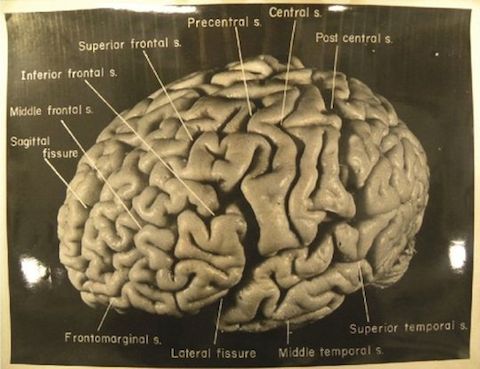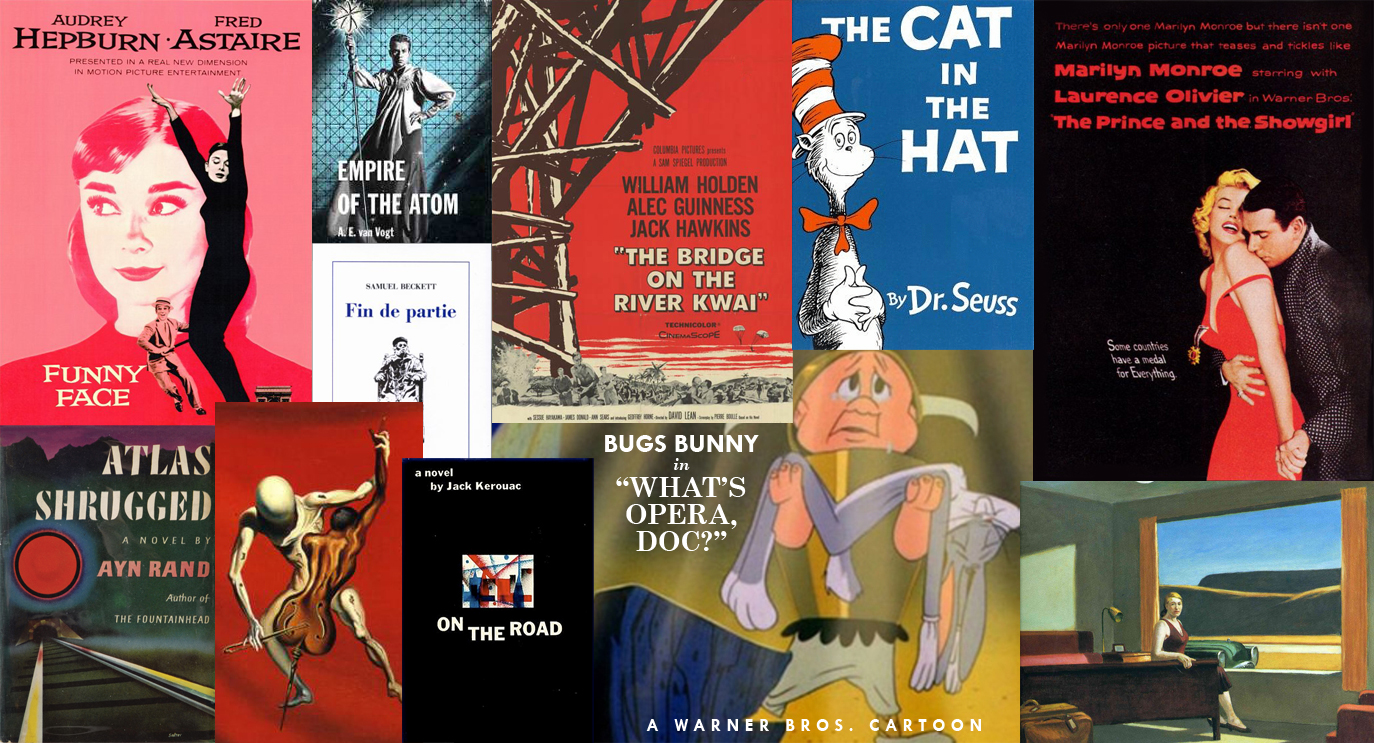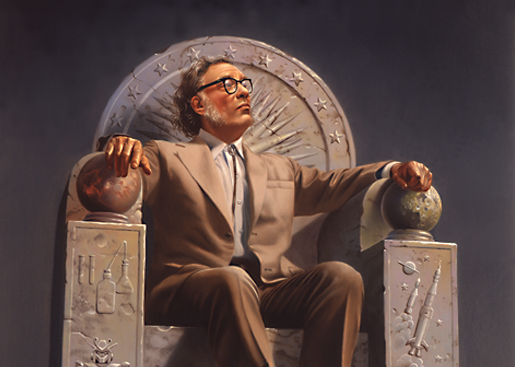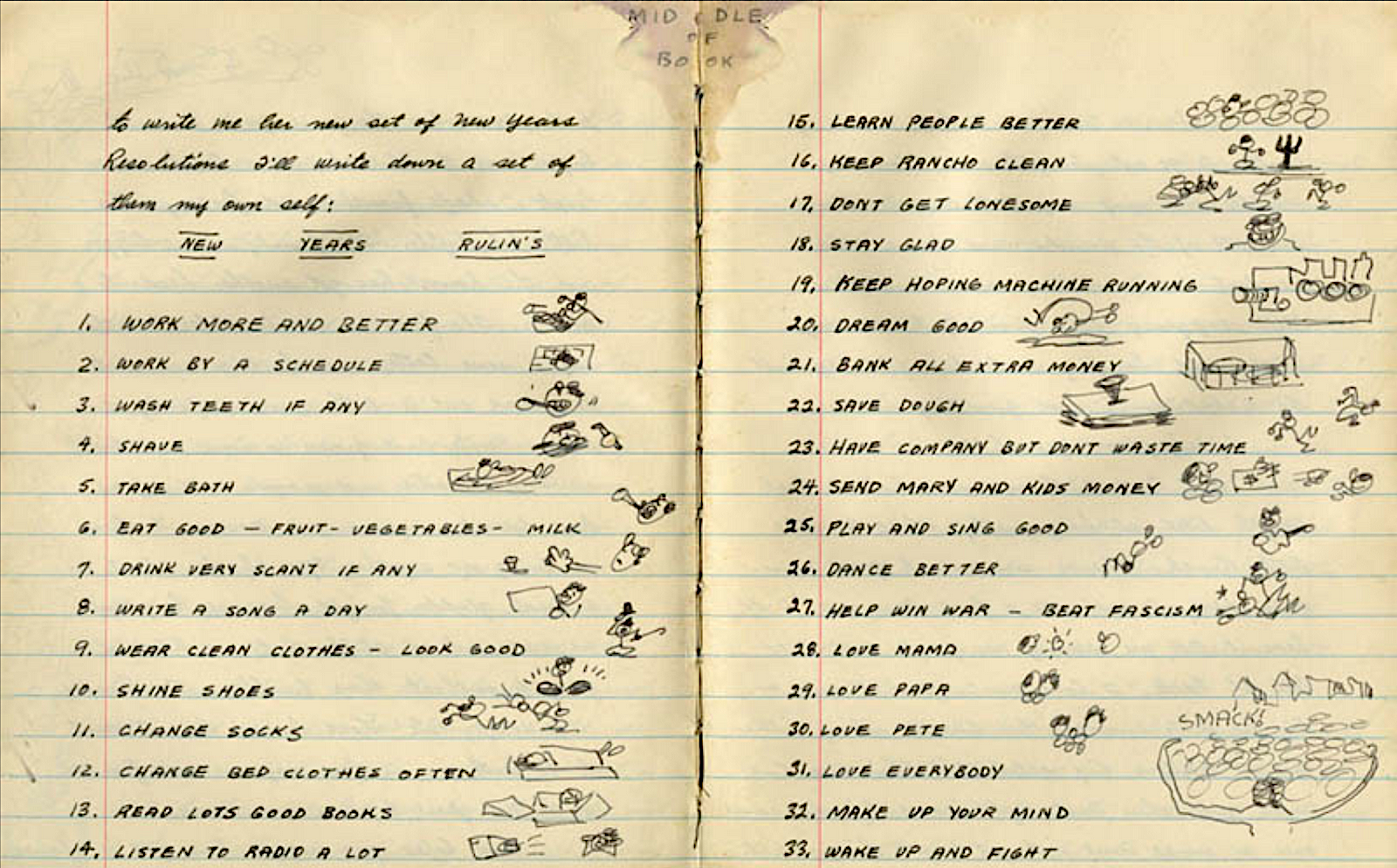Do Milton Friedman and John Kenneth Galbraith debate in that great economics department in the sky? Both men died in 2006, after remarkably long and distinguished careers as two of the most widely read economists of the 20th century, yet I can only with great difficulty imagine them ever agreeing. Friedman, founder of the free market-oriented University of Chicago “school” of economics, scrutinized the world’s economies and found that a only minimum of government intervention makes for a maximum of freedom. The Canadian-born Galbraith, who served on Harvard’s faculty as well as under four U.S. Presidents, saw things differently, believing in the necessity of a strong state to ensure stability, efficiency, and equality. Both spent a great deal of time and energy communicating directly with the public, not just with popular books and commentaries on economic issues of the day, but with television programs too. You can watch Galbraith’s The Age of Uncertainty, which first aired on the BBC in 1977, above. Friedman’s “response” Free to Choose, broadcast on PBS in 1980, appears below.
The fifteen-episode Age of Uncertainty and the ten-episode Free to Choose both come down to the teachings of their star economists; you might think of them as extended lectures, with quite different conclusions, on the causes and effects of capitalism. But both expand upon this base of content with rich imagery, from a variety of creative visualizations (up to and including historical dramatization) of Galbraith’s words to Friedman’s travels far and wide, from his money-driven birthplace of New York City to the “haven for people who sought to make the most of their own abilities” of Hong Kong in search of real examples of the free market in action. The styles of dress may look dated, but the production value holds up, and the economic issues discussed have only grown more relevant with time. Whether you believe the government should keep a helping hand on the economy or keep its grubby mitts off it, both series have a wealth, as it were, of entertainment and education in store for you. As bitterly as Galbraithian statists and Friedmanite libertarians may argue, surely they can agree on the enjoyability of quality television.
The Age of Uncertainty
- The Prophets and Promise of Classical Capitalism
- The Manners and Morals of High Capitalism
- The Dissent of Karl Marx
- The Colonial Idea
- Lenin and the Great Ungluing
- The Rise and Fall of Money
- The Mandarin Revolution
- The Fatal Competition
- The Big Corporation
- Land and People
- The Metropolis
- Democracy, Leadership, Commitment
- Weekend in Vermont (part one, part two, part three)
Free to Choose
- The Power of the Market
- The Tyranny of Control
- Anatomy of a Crisis
- From Cradle to Grave
- Created Equal
- What’s Wrong with Our Schools?
- Who Protects the Consumer?
- Who Protects the Worker?
- How to Cure Inflation
- How to Stay Free
Related Content:
The History of Economics & Economic Theory Explained with Comics, Starting with Adam Smith
Economics: Free Online Courses
Colin Marshall hosts and produces Notebook on Cities and Culture and writes essays on cities, Asia, film, literature, and aesthetics. He’s at work on a book about Los Angeles, A Los Angeles Primer. Follow him on Twitter at @colinmarshall or on his brand new Facebook page.





